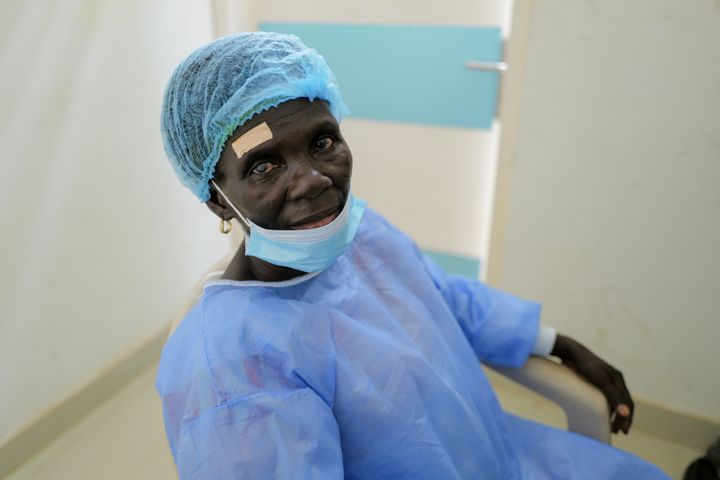Bridging the Educational Gap for Visually Impaired Children in Developing Countries

In developing countries, countless children face barriers to education, which are exacerbated when they also have visual impairments. While progress has been made through the assistance of international organisations, such as the Tej Kohli & Ruit Foundation, there is still a long way to go in supporting visually impaired youth. I wanted to discuss the challenges faced by these children, the implications of visual impairment on education, and the efforts being made to address this issue.
- Visual Impairment and Educational Inequality: Visual impairment is a prevalent disability among children worldwide. Unfortunately, many children lack access to eyeglasses or corrective treatments due to limited resources and infrastructure in their regions. As a result, they are excluded from education and social participation, facing a significant disadvantage.
- The Impact of Visual Impairment in Middle to Low-Income Countries: In wealthier countries like the US and the UK, children with visual impairments can access the necessary treatments, enabling them to thrive academically and socially. However, this is not the case in many parts of Southeast Asia and Africa, where existing educational barriers are compounded by vision loss. Consequently, attending school becomes nearly impossible for these children.
- Education Disruption and the Need for Government Support: Both remaining outside the educational system and attempting to attend school present obstacles to learning for visually impaired children. A report by the Nigerian Journal of Ophthalmology highlights the importance of governments allocating at least 5% of GDP to children's health. Unfortunately, many governments prioritize other areas, leaving numerous children needlessly blind without access to sight-saving interventions.
- Initiatives to Address Visual Impairment in Education: Recognizing the urgency of the issue, the Commonwealth made a groundbreaking commitment in 2018 to provide quality eye care for all, garnering support from heads of state. This led to a United Nations resolution promoting the development of eye care services. Building on this momentum, the Commonwealth Coalition calls on education and health ministers to collaborate and establish systems for eye tests, affordable glasses, and treatments across the Commonwealth by 2030.
- The Alarming Scale of Sight Loss and the Role of Specialists: Over 300 million children worldwide require glasses to correct their vision, yet without intervention, they are deprived of quality education, perpetuating a cycle of poverty. Most blind youths reside in impoverished regions of Asia and Africa where eye specialists are scarce. To address this shortage, organizations are training general practitioners and specialized eye practitioners in innovative methods to treat blindness in developing nations. However, sub-Saharan Africa still faces a critical shortage of eye care professionals.
- Empowering Communities and Schools: To bridge the treatment gap and prioritise education, implementing programs within communities and schools is crucial. By raising awareness and providing support, the lives of visually impaired children can be significantly improved across the globe. This necessitates a collective effort from governmental bodies and organizations to enact substantial change before it becomes too late.
The plight of visually impaired children in developing countries highlights the urgency of addressing educational inequalities and promoting access to eye care services. While progress has been made through international initiatives, more concerted efforts are required. By investing in treatments, training specialists, and implementing community-based programs, we can pave the way for a brighter future where every child has an equal opportunity to learn, grow, and break free from the cycle of poverty.
For more information on Tej Kohli as a philanthropist visit tejkohliruit.com and to read more of his views go to his Medium.
To read about Tej Kohli as an investor and technologist visit Kohli Ventures
| Follow: Twitter | Instagram | LinkedIn | Facebook | YouTube |




Comments ()